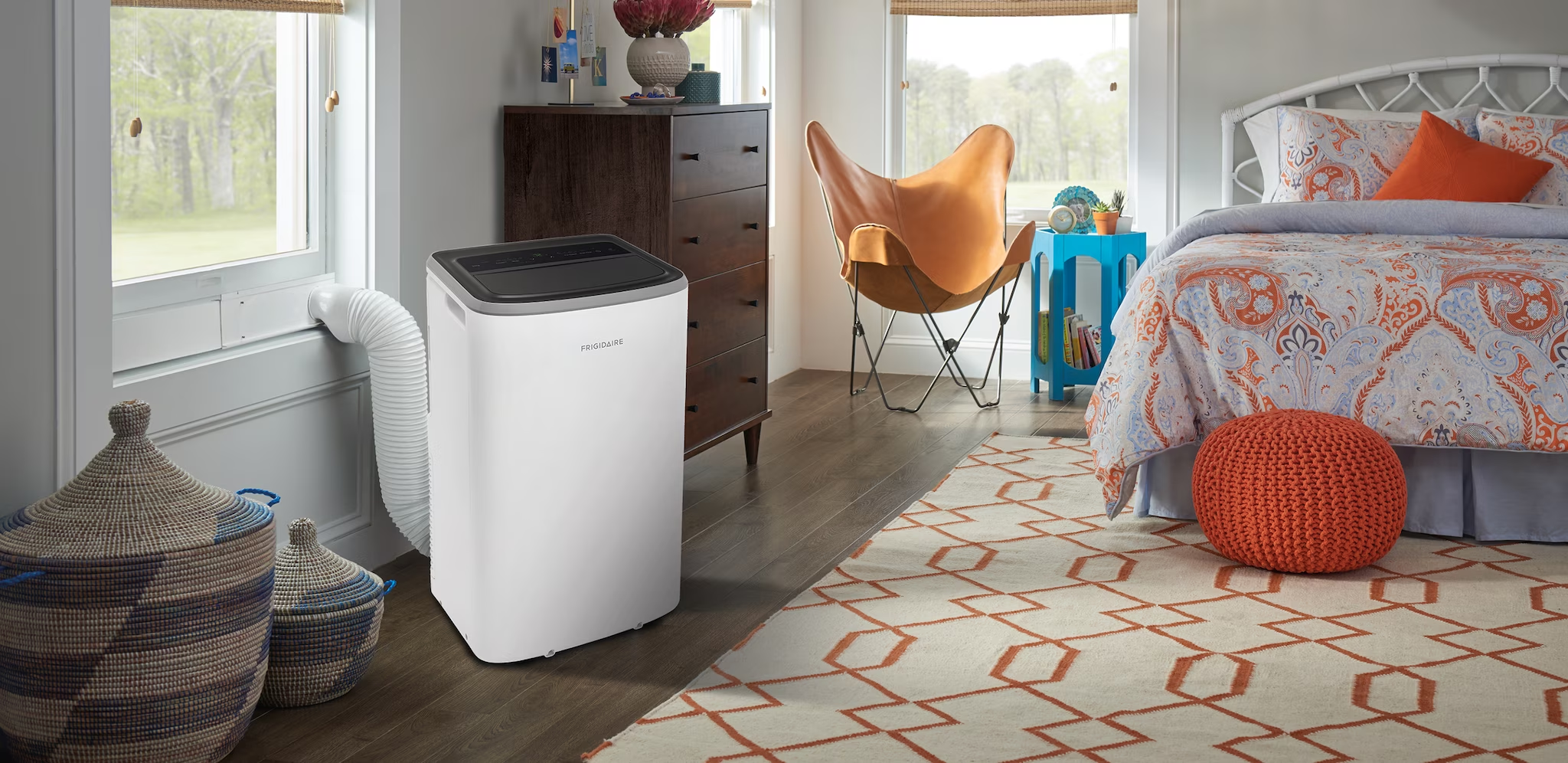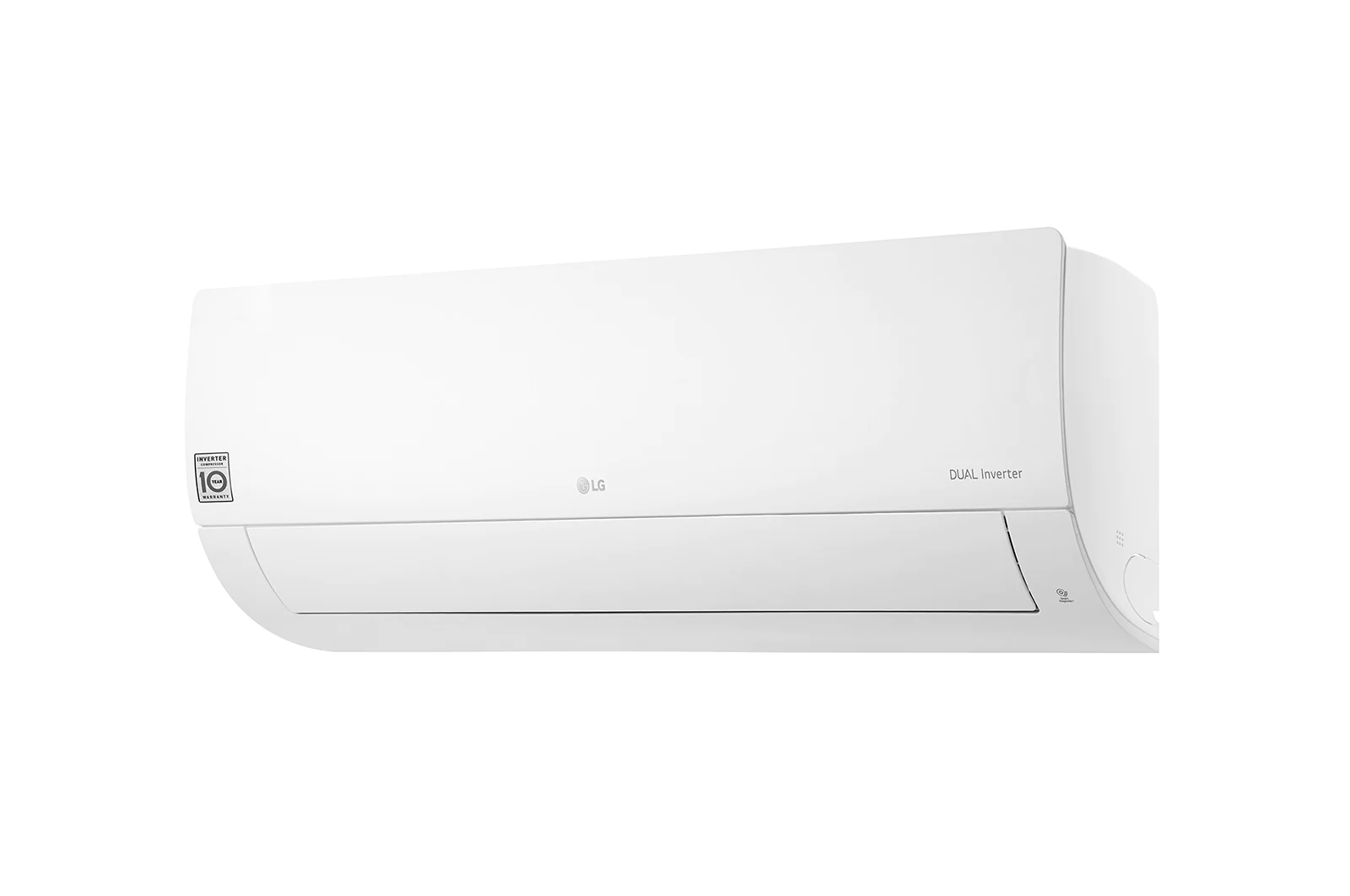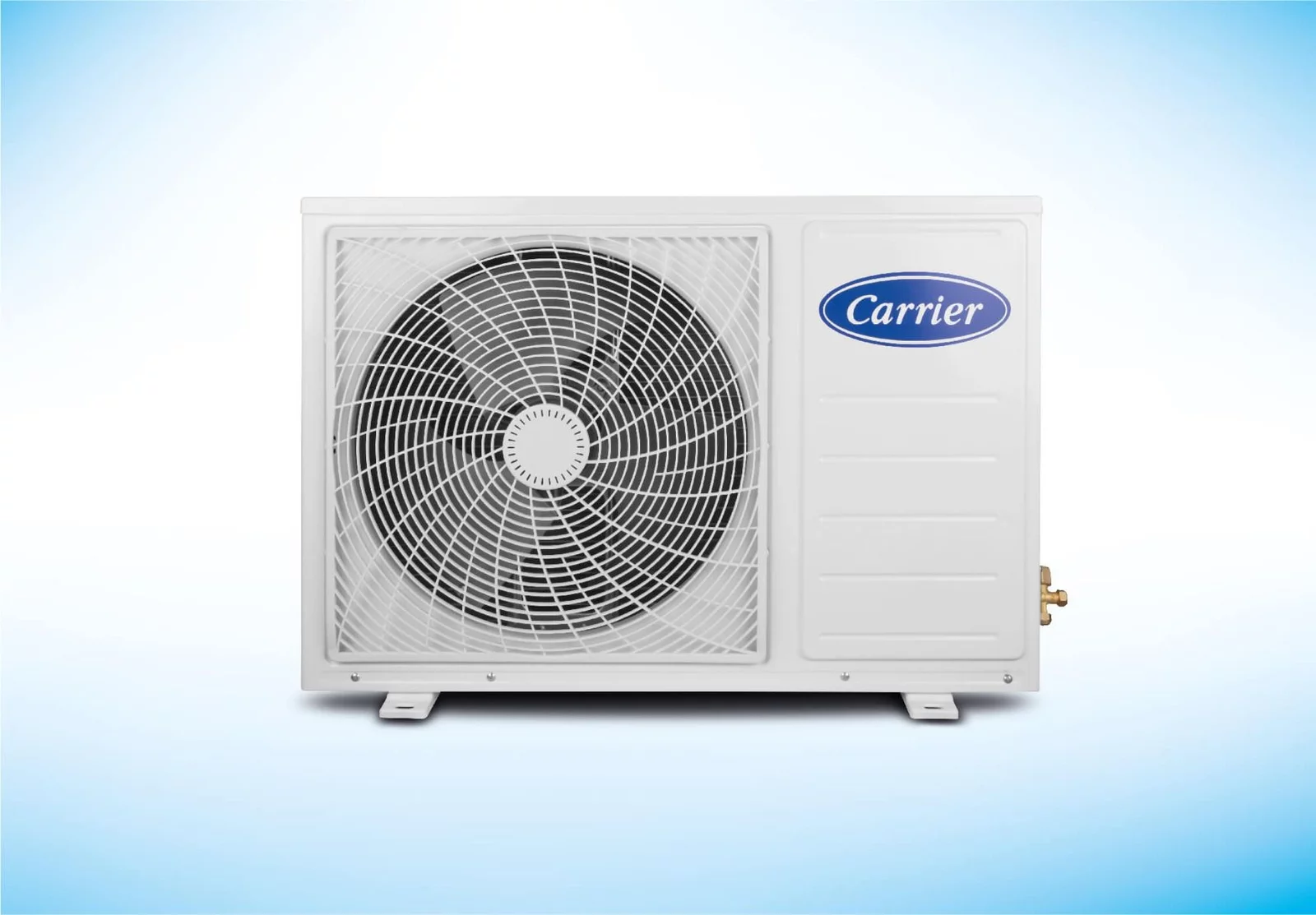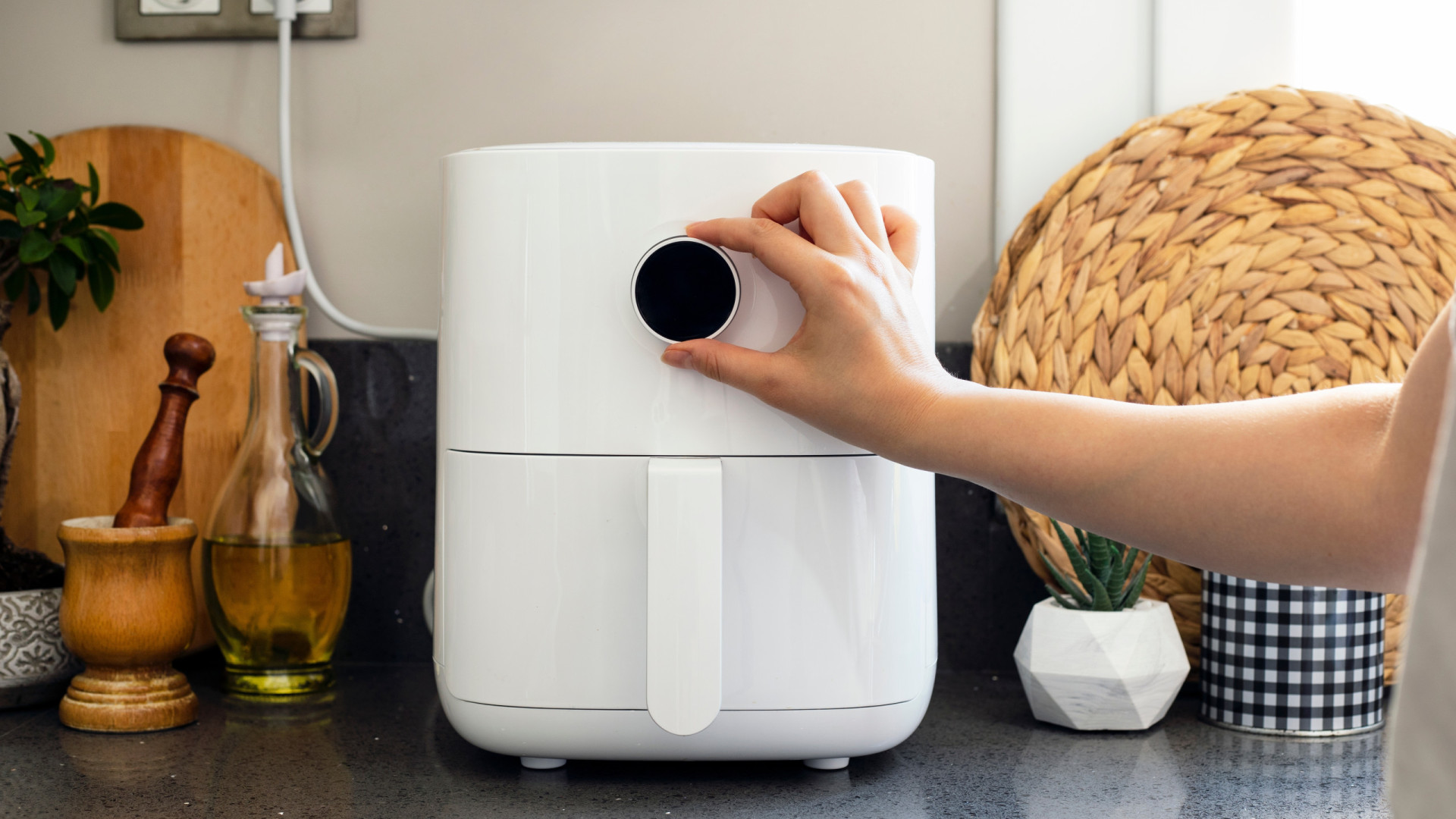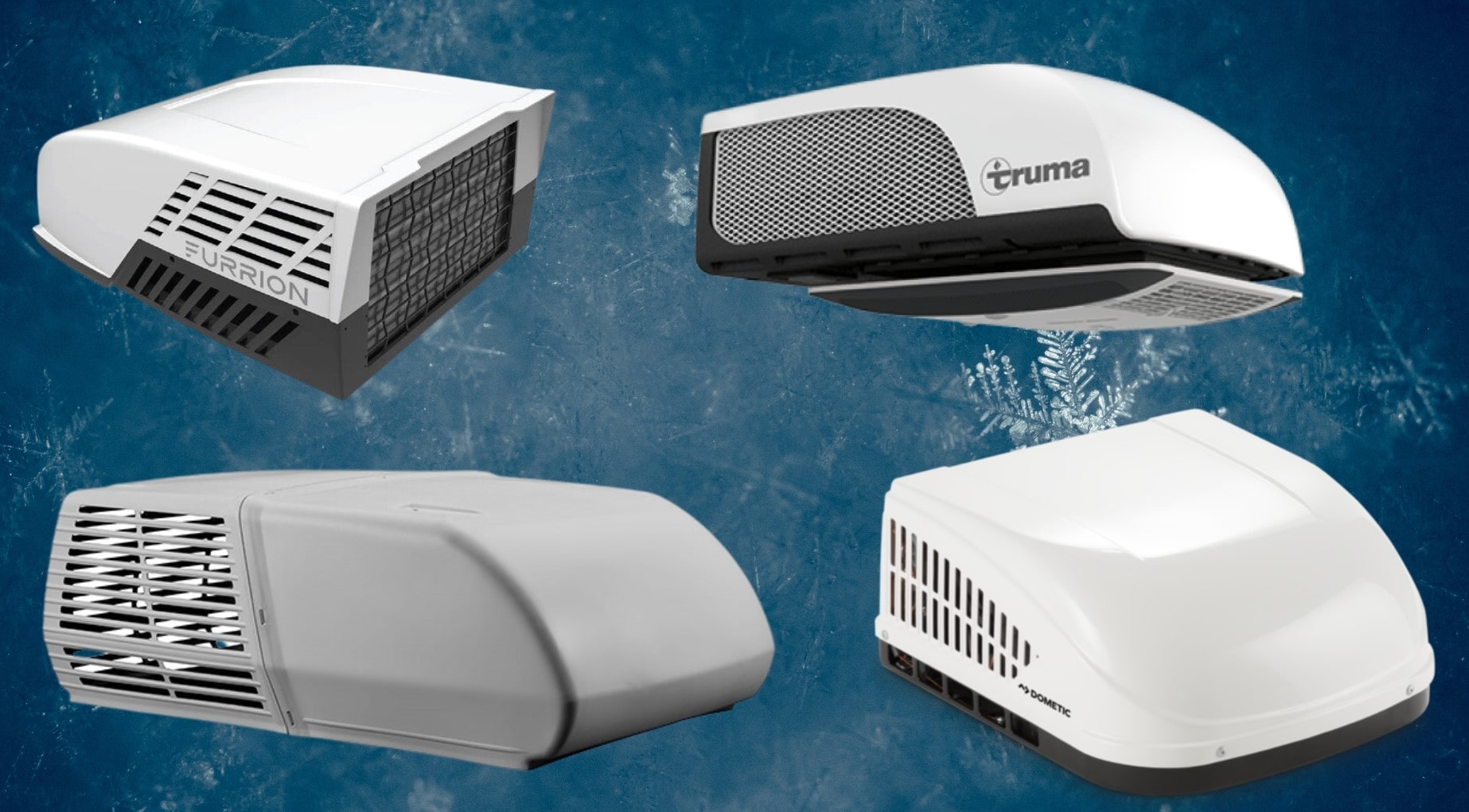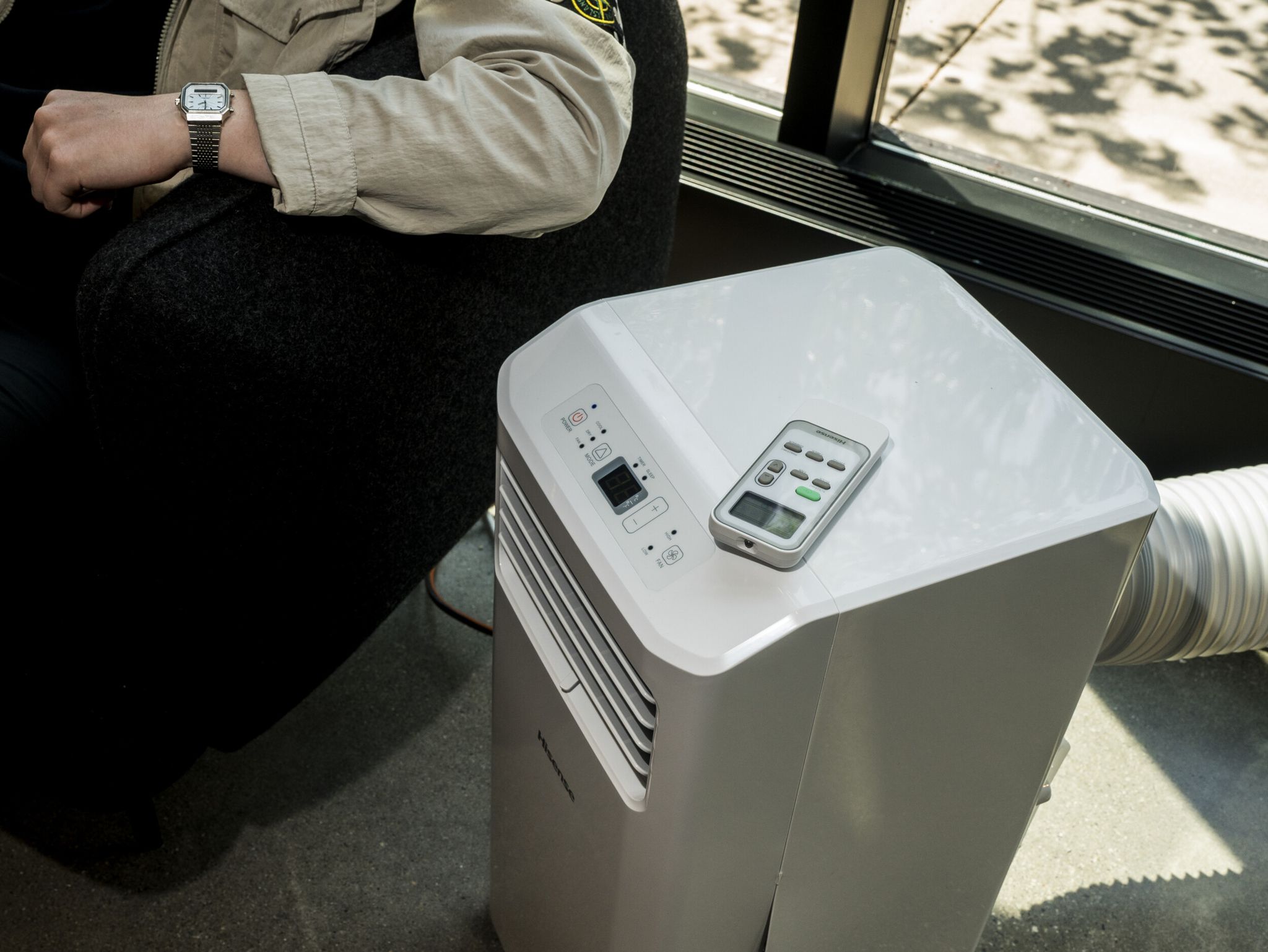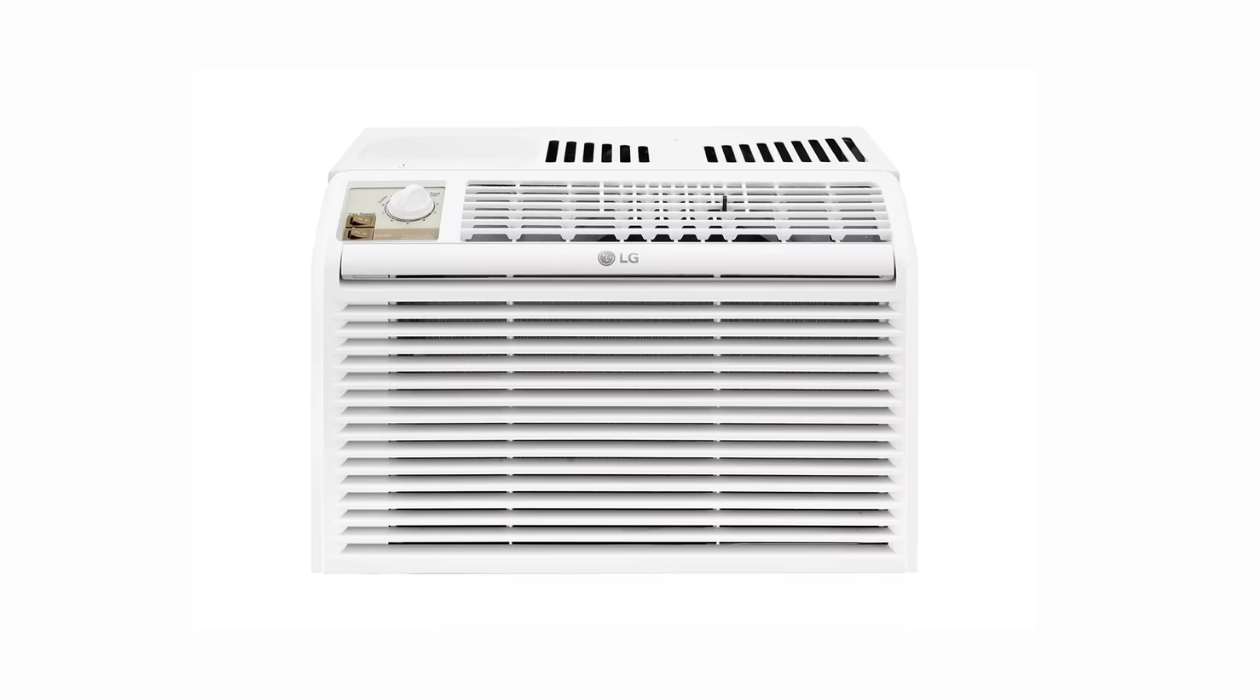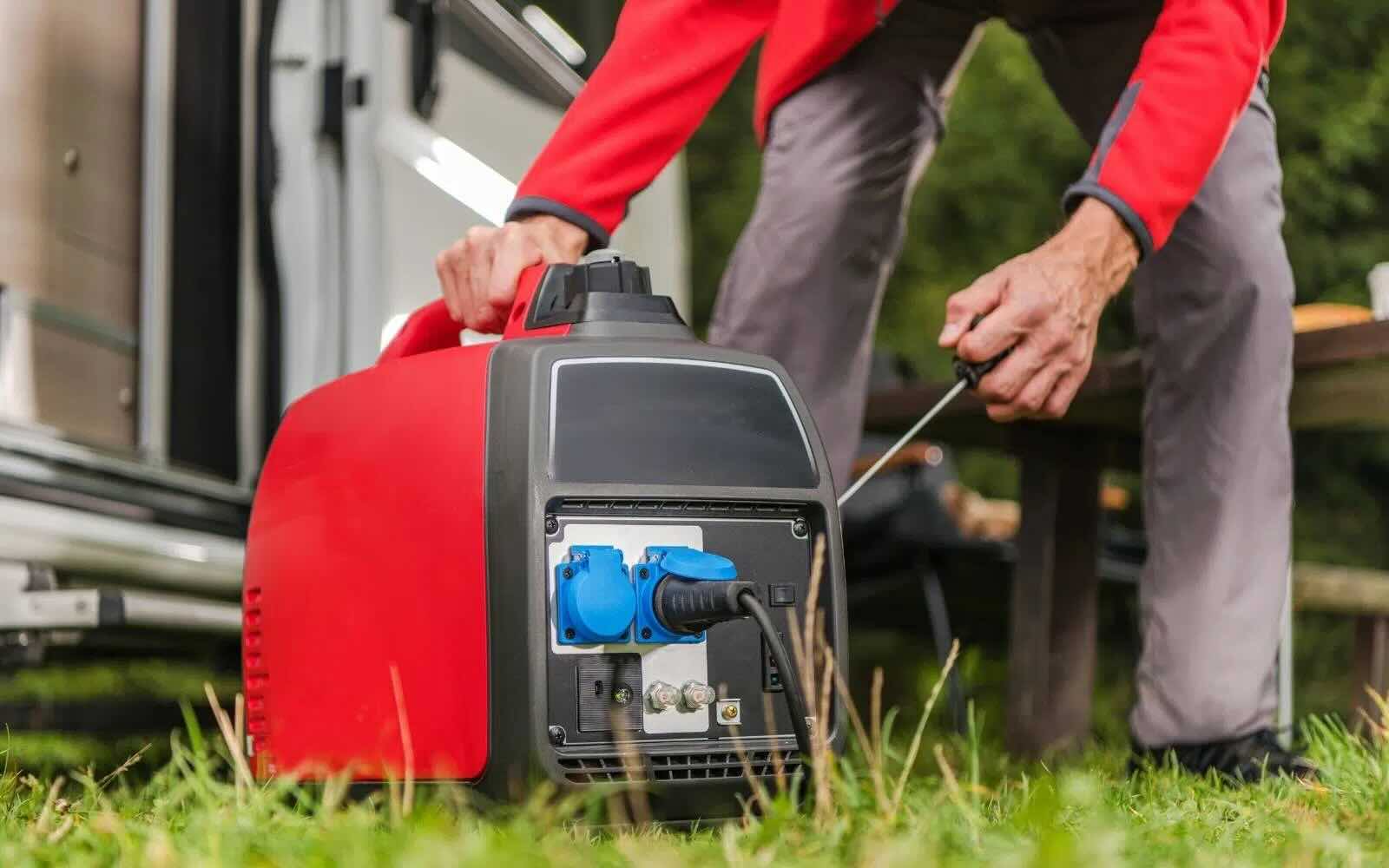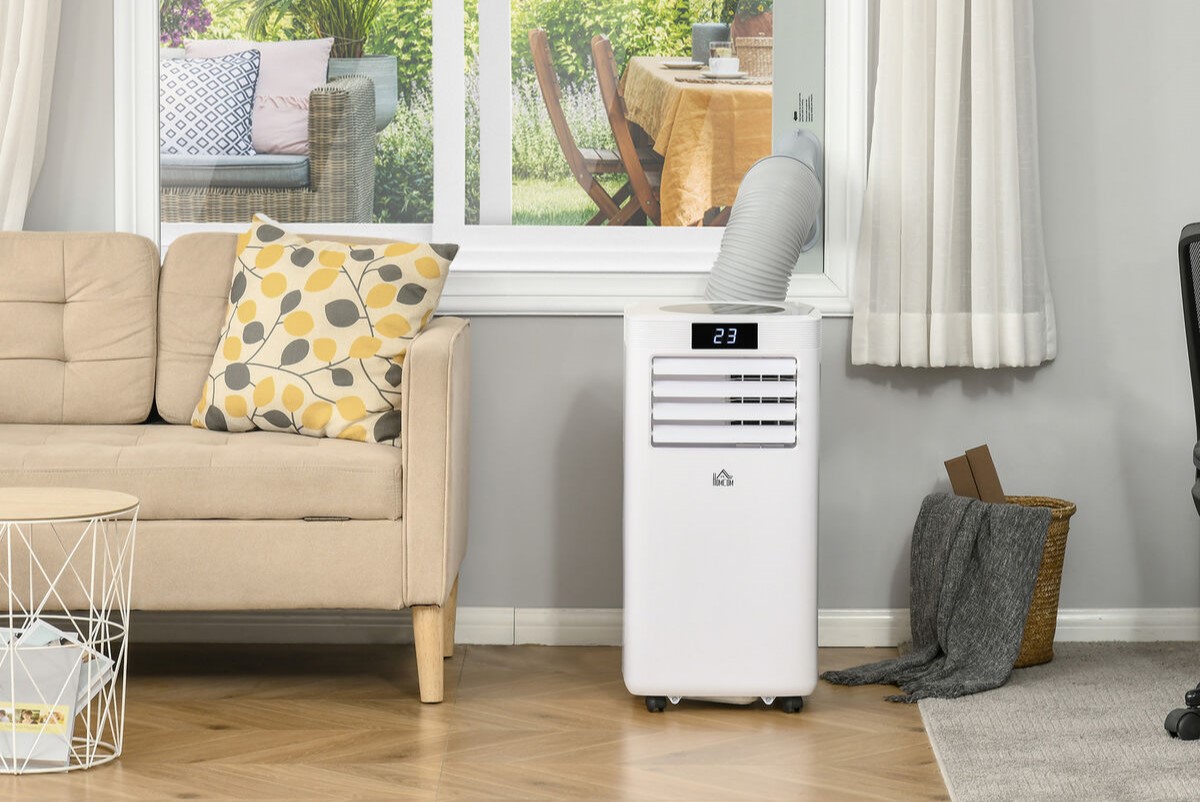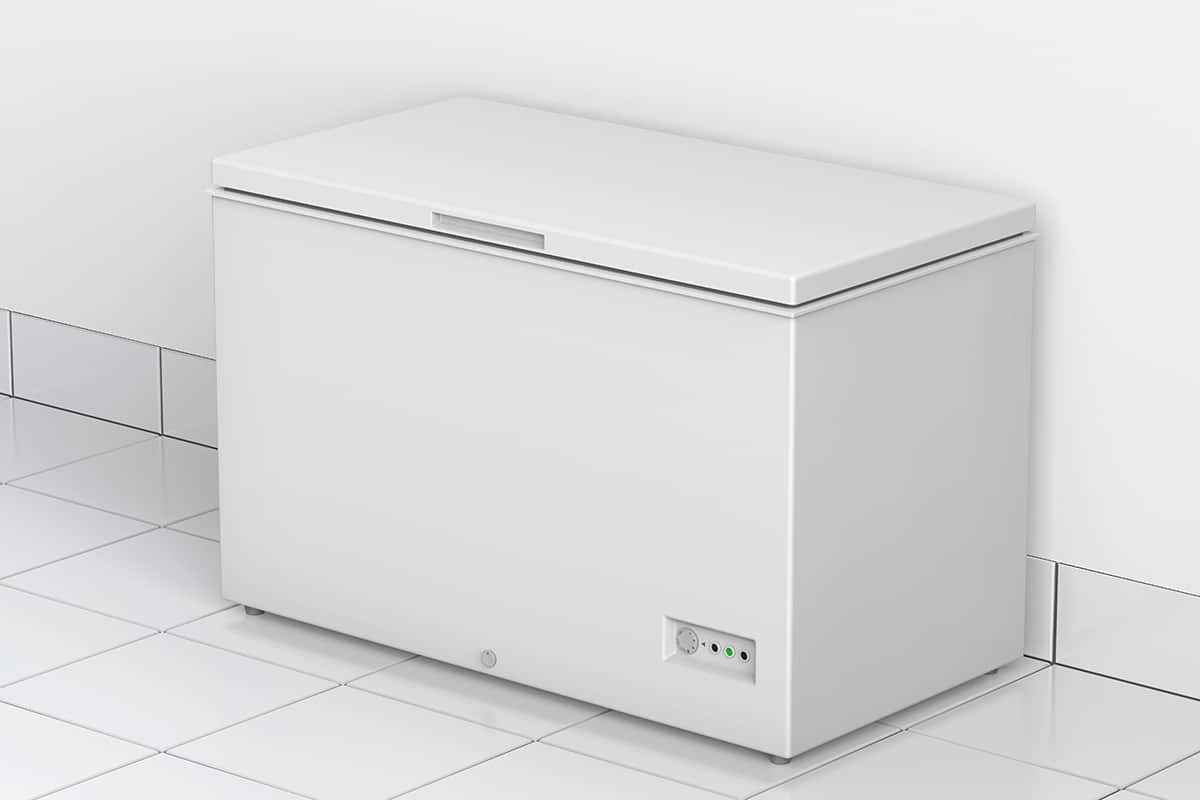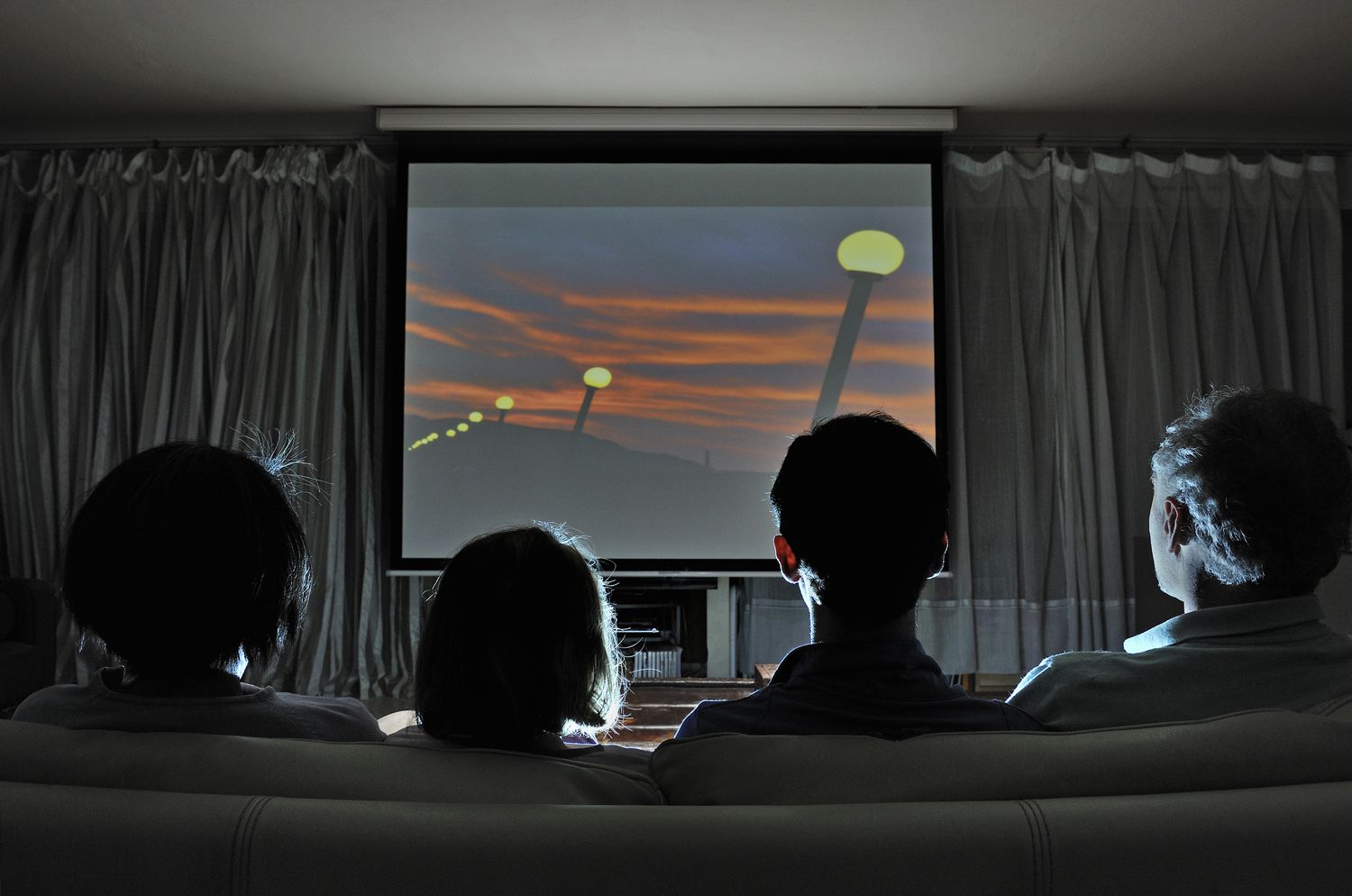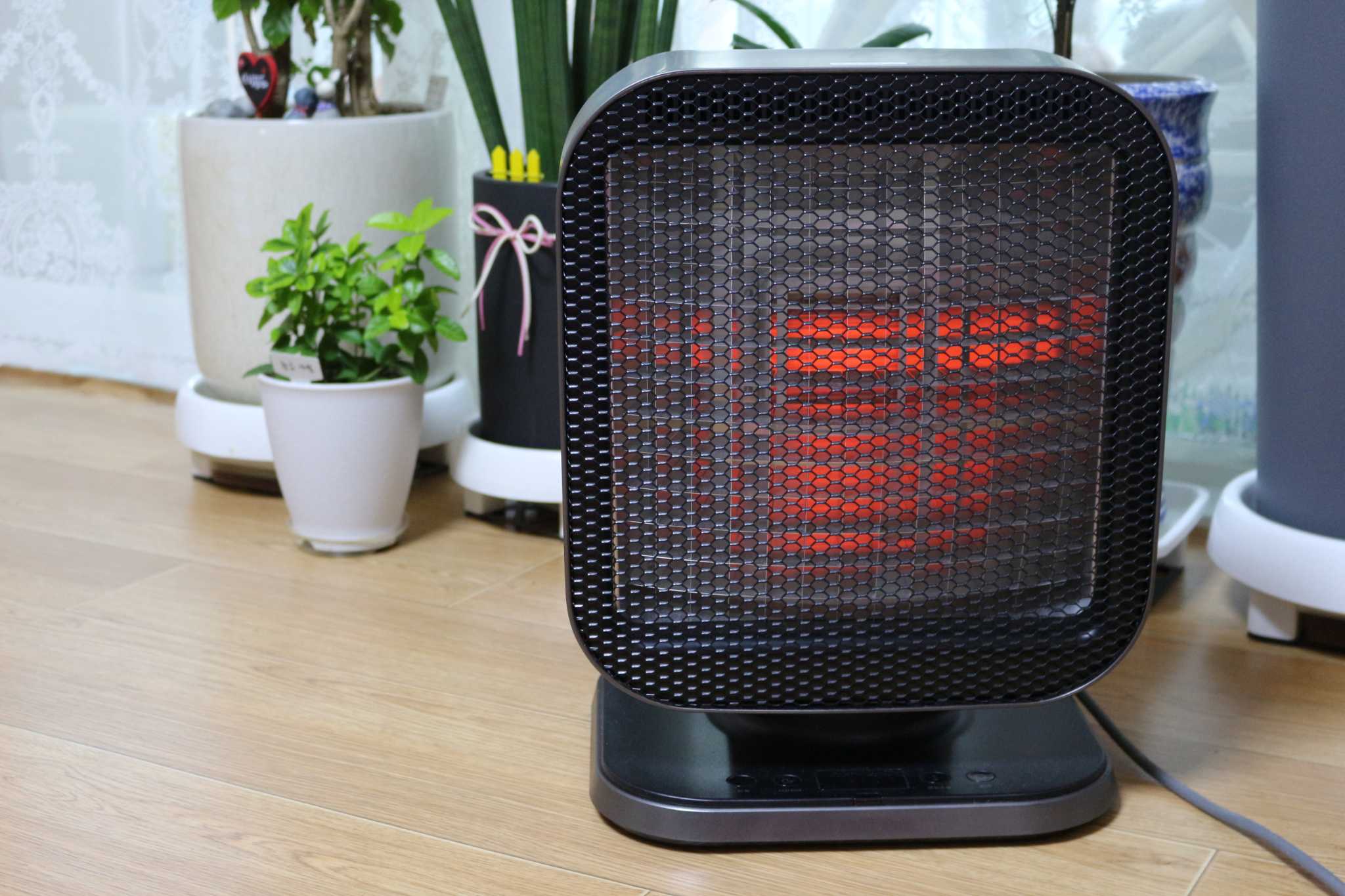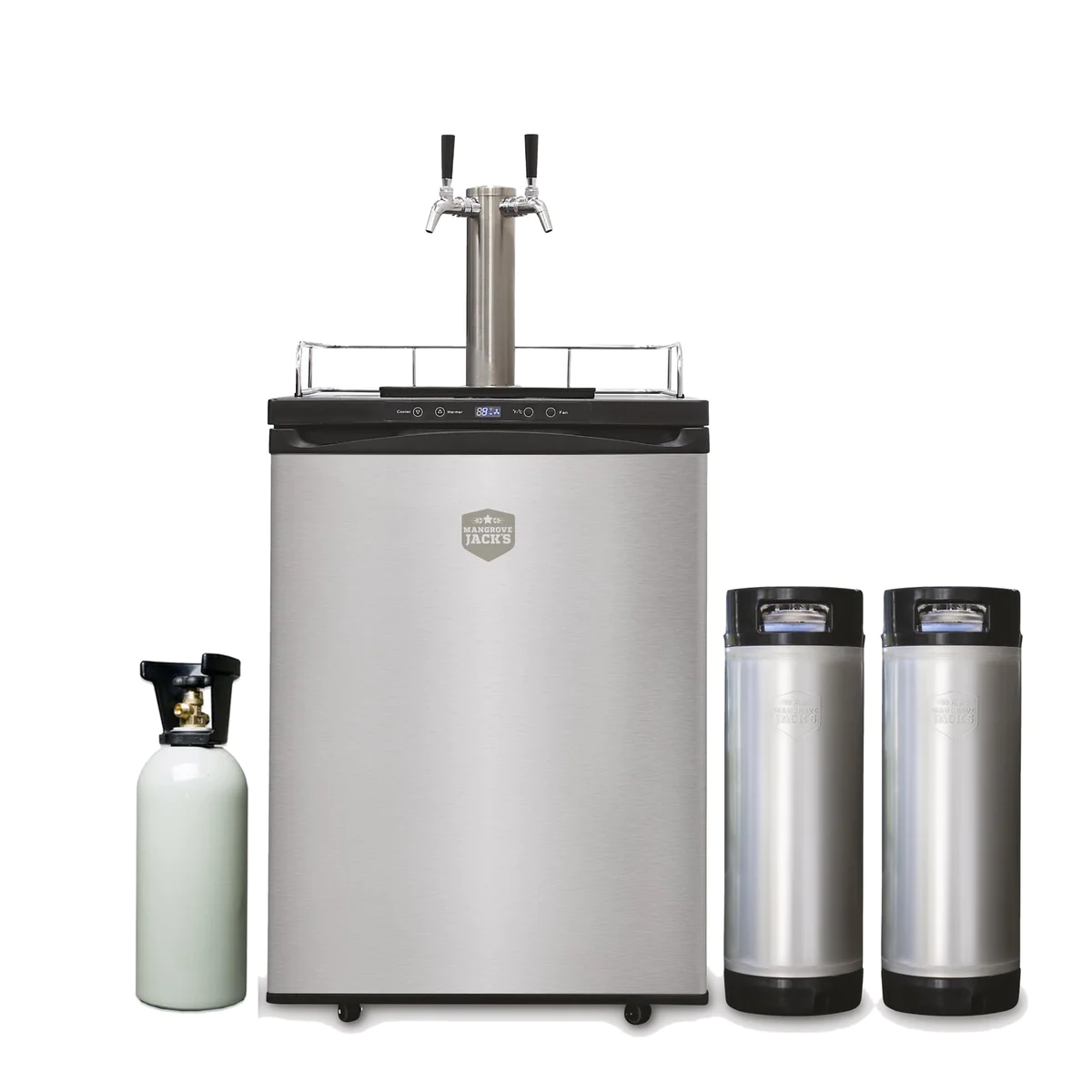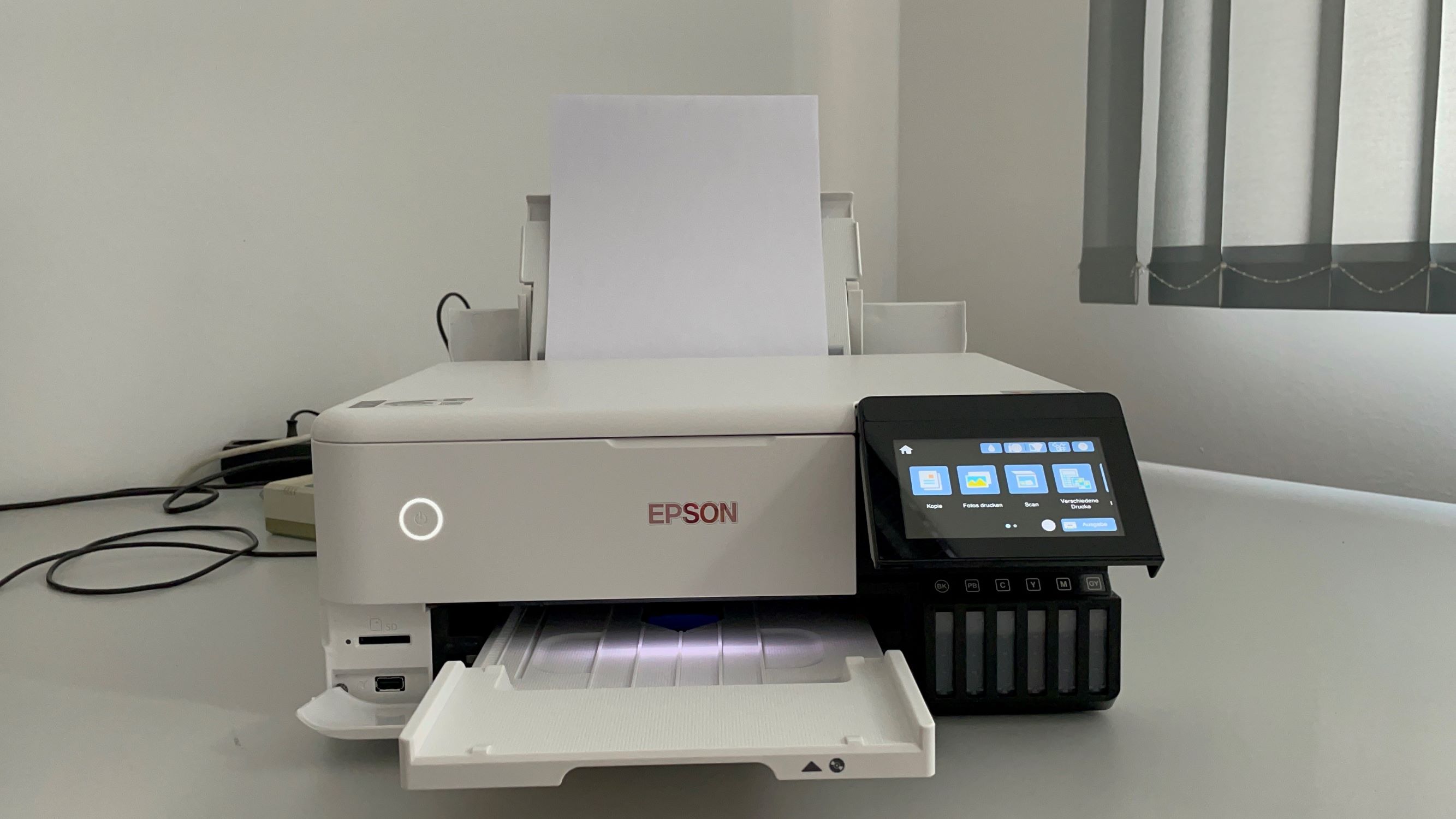Home>Home Maintenance>How Many Watts Does A 10,000 Btu Air Conditioner Use
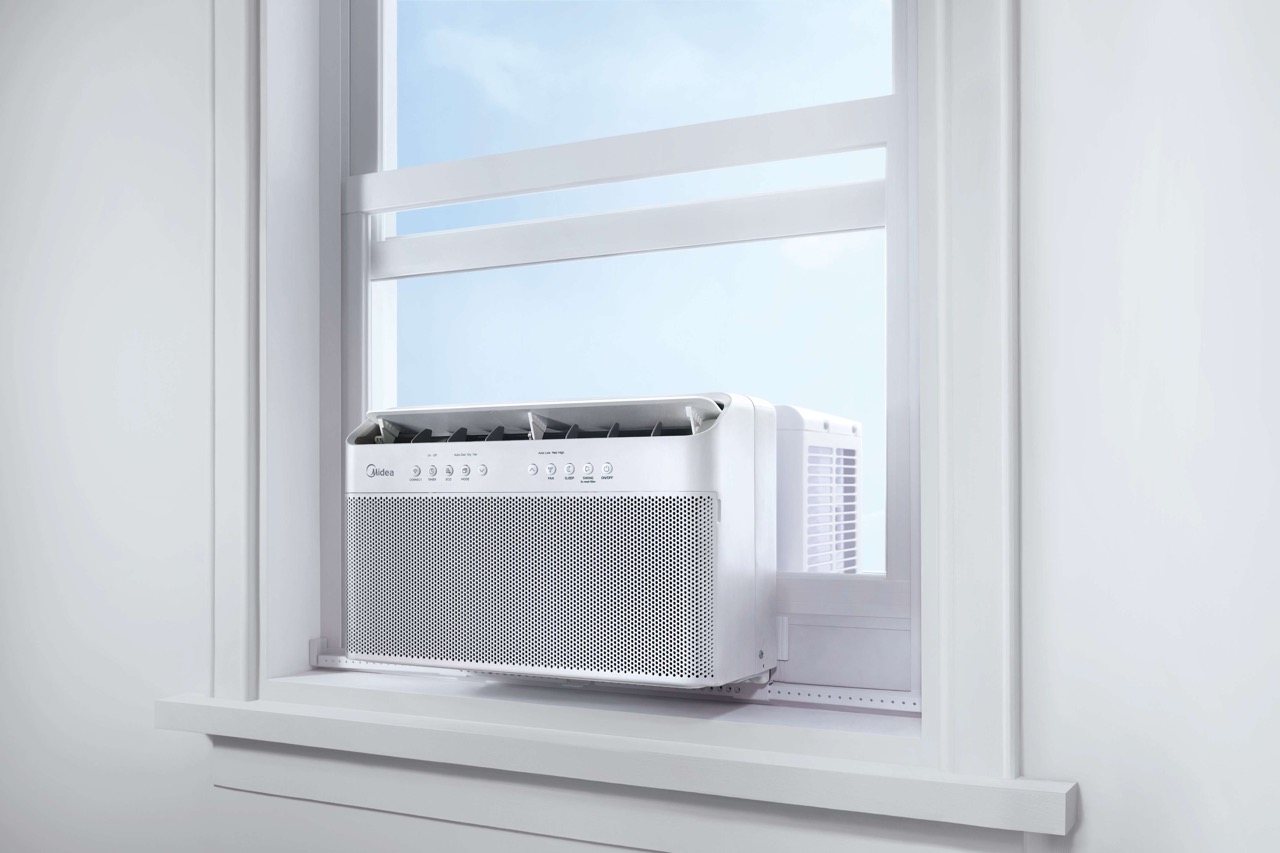

Home Maintenance
How Many Watts Does A 10,000 Btu Air Conditioner Use
Modified: August 23, 2024
Learn how many watts a 10,000 BTU air conditioner consumes for efficient home maintenance. Find out the energy usage of this cooling unit.
(Many of the links in this article redirect to a specific reviewed product. Your purchase of these products through affiliate links helps to generate commission for Storables.com, at no extra cost. Learn more)
Introduction
Welcome to our comprehensive guide on understanding the power usage of a 10,000 BTU air conditioner. When it comes to home maintenance, it’s important to have a clear understanding of your appliances’ power consumption to ensure energy efficiency and cost savings. Air conditioners play a crucial role in keeping our homes cool and comfortable, especially during the hot summer months. However, with rising energy costs and environmental concerns, it’s important to know how much energy an air conditioner consumes and how to optimize its usage.
In this article, we will delve into the factors that affect the power consumption of a 10,000 BTU air conditioner and provide tips on how to save energy while using it. Whether you’re considering buying a new air conditioner or trying to reduce your energy bills, this guide will arm you with the knowledge you need to make informed decisions.
So, let’s dive in and explore the fascinating world of air conditioner power usage!
Key Takeaways:
- Understanding the power consumption of a 10,000 BTU air conditioner is crucial for saving energy and reducing costs. Factors like temperature settings, room size, and maintenance play a big role in optimizing energy usage.
- By implementing energy-saving tips like setting the temperature wisely, using programmable timers, and maintaining the unit, you can reduce the power consumption of your 10,000 BTU air conditioner while enjoying a comfortable home environment.
Understanding BTU and Air Conditioner Power Usage
Before we delve into the specifics of a 10,000 BTU air conditioner’s power usage, let’s first understand the concept of BTU (British Thermal Unit) and how it relates to air conditioning.
The BTU rating of an air conditioner represents its cooling capacity. It measures the amount of heat energy an air conditioner can remove from a room in one hour. The higher the BTU rating, the more powerful the air conditioner is, and the faster it can cool a space.
When it comes to power consumption, air conditioners are measured in watts. A watt is a unit of power that represents the rate at which an appliance uses energy. The power consumption of an air conditioner depends on its BTU rating, as well as other factors such as the energy efficiency of the unit, the temperature settings, and the duration of usage.
Generally, air conditioners with higher BTU ratings consume more power. This is because they have more powerful compressors and fans that require more electricity to operate. However, it’s important to note that energy-efficient models are designed to minimize power consumption without compromising on cooling performance.
Now that we have a foundation in BTU and air conditioner power usage, let’s explore the factors that can affect the power consumption of a 10,000 BTU air conditioner in more detail.
Factors Affecting Power Consumption of a 10,000 BTU Air Conditioner
Several factors can influence the power consumption of a 10,000 BTU air conditioner. By understanding these factors, you can make informed decisions to optimize energy usage and ensure efficient cooling. Here are the key factors to consider:
- Temperature settings: The temperature at which you set your air conditioner significantly impacts its power consumption. Lower temperature settings will require the unit to work harder and consume more power. It’s recommended to set the thermostat to a comfortable but energy-efficient temperature, such as 78°F (25.5°C), to balance cooling performance and energy consumption.
- Room size and insulation: The size and insulation of the room where the air conditioner is installed have a direct impact on its power usage. A smaller room will reach the desired temperature faster, allowing for shorter cooling cycles and lower power consumption. Additionally, well-insulated rooms retain cool air better, reducing the need for the air conditioner to work harder to maintain the desired temperature.
- Efficiency rating: Energy-efficient air conditioners are designed to consume less power while providing the same level of cooling as standard models. Look for units with high Energy Efficiency Ratio (EER) or Seasonal Energy Efficiency Ratio (SEER) ratings. These ratings indicate the efficiency of the air conditioner and can help you choose a unit that will save both energy and money over time.
- Usage patterns: How often and for how long you use your air conditioner will affect its power consumption. If you use it consistently or for extended periods, it will consume more energy. Consider using programmable timers or smart thermostats to regulate usage and reduce unnecessary cooling when you’re away from home.
- Maintenance and cleanliness: Proper maintenance and regular cleaning of your air conditioner can also impact its power consumption. Dirty air filters, clogged condenser coils, and blocked air vents can restrict airflow and force the unit to work harder, consuming more power. Ensure that you clean or replace air filters regularly and schedule professional maintenance to keep your air conditioner running efficiently.
By considering these factors and taking appropriate measures, you can optimize the power consumption of your 10,000 BTU air conditioner and enjoy effective cooling with reduced energy costs.
A 10,000 BTU air conditioner typically uses around 1,000 watts, but this can vary depending on the specific model and efficiency rating. Always check the manufacturer’s specifications for the exact wattage.
Typical Power Consumption of a 10,000 BTU Air Conditioner
When it comes to the power consumption of a 10,000 BTU air conditioner, it’s important to note that there can be variations depending on the specific model and its energy efficiency rating. However, we can provide a general guideline for the typical power consumption of such a unit.
A 10,000 BTU air conditioner typically consumes around 900 to 1,200 watts of power per hour. This power consumption can vary depending on factors such as the unit’s energy efficiency rating, temperature settings, fan speed, and usage patterns.
It’s important to consider that the power consumption mentioned above is an average estimate. Newer models with higher energy efficiency ratings may consume less power, while older or less energy-efficient models may consume more. It’s always a good idea to consult the manufacturer’s specifications or refer to the Energy Guide label to get accurate information about the specific unit you have or plan to purchase.
Furthermore, it’s essential to factor in the additional power consumption of the air conditioner’s fan, which circulates the cooled air. The fan typically consumes around 50 to 100 watts, depending on the fan speed setting. This additional power usage should be taken into account when calculating the overall energy consumption of your 10,000 BTU air conditioner.
By understanding the typical power consumption of a 10,000 BTU air conditioner, you can make informed decisions about how to manage and optimize its usage for maximum energy efficiency and cost savings.
Energy Saving Tips for Using a 10,000 BTU Air Conditioner
Using a 10,000 BTU air conditioner doesn’t mean sacrificing energy efficiency. By following these energy-saving tips, you can optimize the performance of your air conditioner and reduce your energy consumption:
- Set the temperature wisely: Avoid setting the thermostat lower than necessary. Every degree you raise the temperature setting can make a significant difference in energy usage. Aim for a comfortable temperature, around 78°F (25.5°C), which is considered optimal for energy efficiency while still providing cool comfort.
- Utilize programmable timers: Take advantage of the programmable timer feature on your air conditioner to automatically adjust the cooling based on your schedule. Program the unit to turn on before you arrive home and off when you leave, ensuring you enjoy a comfortable environment without unnecessary energy usage.
- Keep doors and windows closed: Ensure that all doors and windows are properly sealed when the air conditioner is running. This helps to prevent cool air from escaping and warm air from entering, reducing the workload on your air conditioner and improving energy efficiency.
- Use curtains or blinds: Install curtains or blinds on windows exposed to direct sunlight. These can help block out the heat and reduce the need for your air conditioner to work harder to cool the room. Opt for light-colored or reflective window coverings to minimize heat absorption.
- Maintain and clean the unit: Regularly clean or replace the air filters in your air conditioner to ensure proper airflow. Clogged filters can restrict airflow and force the unit to work harder, increasing energy consumption. Additionally, schedule annual maintenance to keep the coils and fins clean and clear of debris.
- Use fans to supplement cooling: Instead of solely relying on your air conditioner, utilize ceiling fans or portable fans to enhance airflow and increase comfort. Fans create a wind-chill effect, making you feel cooler without changing the room’s temperature. This allows you to raise the thermostat setting and reduce energy consumption.
- Maximize natural ventilation: Take advantage of cooler nights or breezy days by opening windows and allowing fresh air to circulate. This can help reduce the reliance on your air conditioner and give it a break, saving energy in the process.
- Consider smart thermostat: Invest in a smart thermostat that can learn your cooling preferences and adjust the temperature accordingly. With advanced features like occupancy sensing and remote access, smart thermostats can help optimize energy usage and provide personalized comfort.
By implementing these energy-saving tips, you can not only reduce the power consumption of your 10,000 BTU air conditioner but also make a positive impact on the environment and save on your energy bills.
Conclusion
Understanding the power consumption of a 10,000 BTU air conditioner is essential for optimizing energy usage and maintaining a comfortable home environment. By considering the factors that affect power consumption, you can make informed decisions to minimize energy waste and reduce your carbon footprint.
We explored the concept of BTU and how it relates to air conditioner power usage, as well as the factors that influence the power consumption of a 10,000 BTU air conditioner. From temperature settings and room size to energy efficiency ratings and maintenance, each factor plays a crucial role in determining the energy efficiency of your air conditioner.
Additionally, we provided energy-saving tips that can help you make the most of your 10,000 BTU air conditioner while reducing energy consumption. By setting the temperature wisely, utilizing programmable timers, properly sealing doors and windows, and regularly maintaining the unit, you can achieve optimal cooling performance while minimizing energy waste.
Remember, every bit of effort counts when it comes to energy efficiency. By implementing small changes such as using fans, maximizing natural ventilation, and considering smart thermostat options, you can further enhance the energy-saving potential of your 10,000 BTU air conditioner.
By embracing these energy-saving practices, you not only contribute to a greener environment but also enjoy the benefits of reduced energy bills. Being conscious of your air conditioner’s power usage not only saves you money but also supports the sustainability of our planet.
So, take charge of your energy consumption, educate yourself on efficient cooling practices, and make a positive impact on the environment while enjoying the comfort of your home with a 10,000 BTU air conditioner.
Frequently Asked Questions about How Many Watts Does A 10,000 Btu Air Conditioner Use
Was this page helpful?
At Storables.com, we guarantee accurate and reliable information. Our content, validated by Expert Board Contributors, is crafted following stringent Editorial Policies. We're committed to providing you with well-researched, expert-backed insights for all your informational needs.
